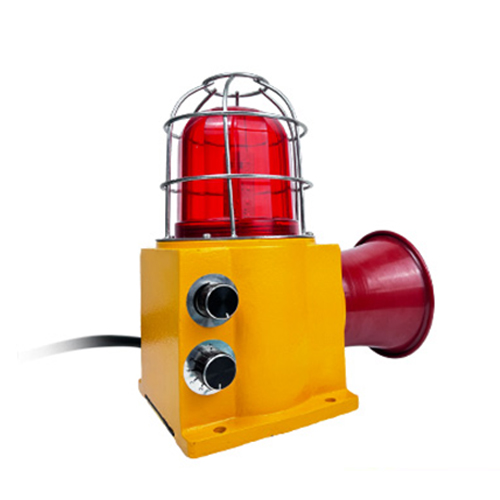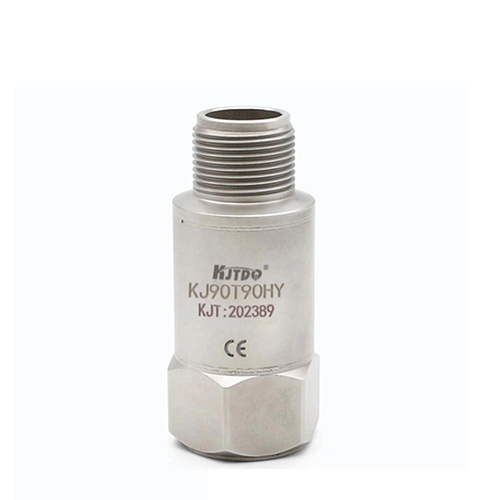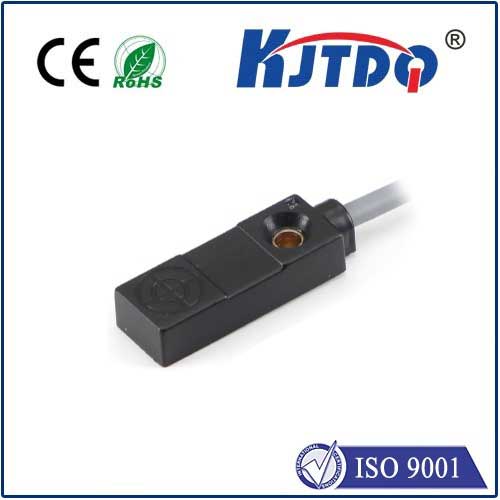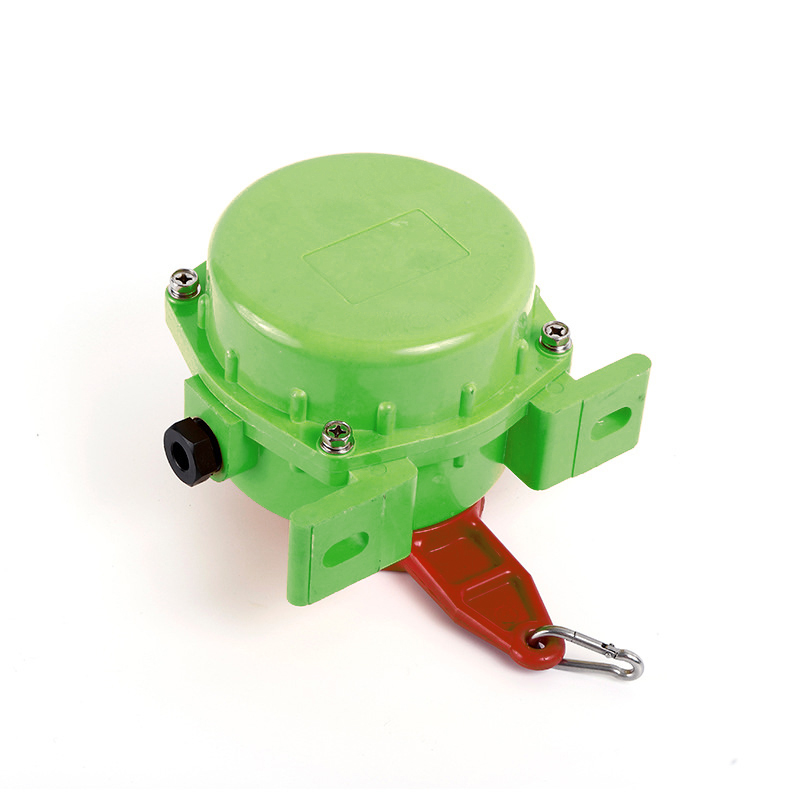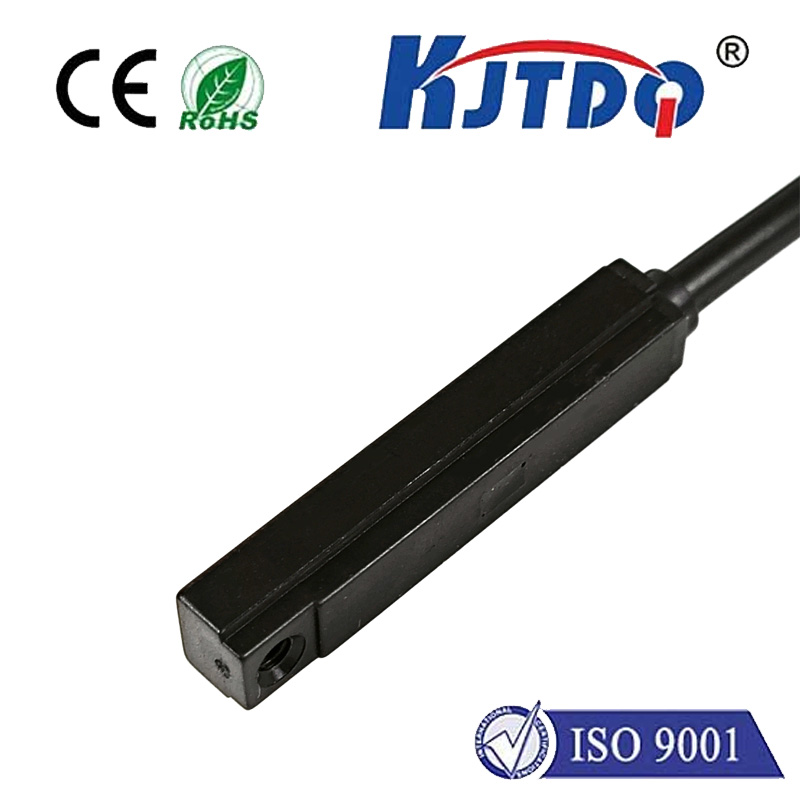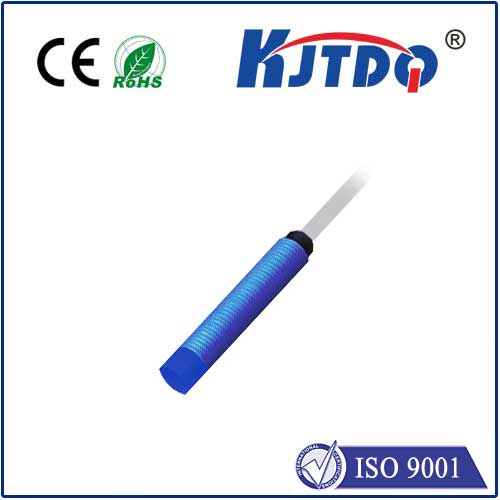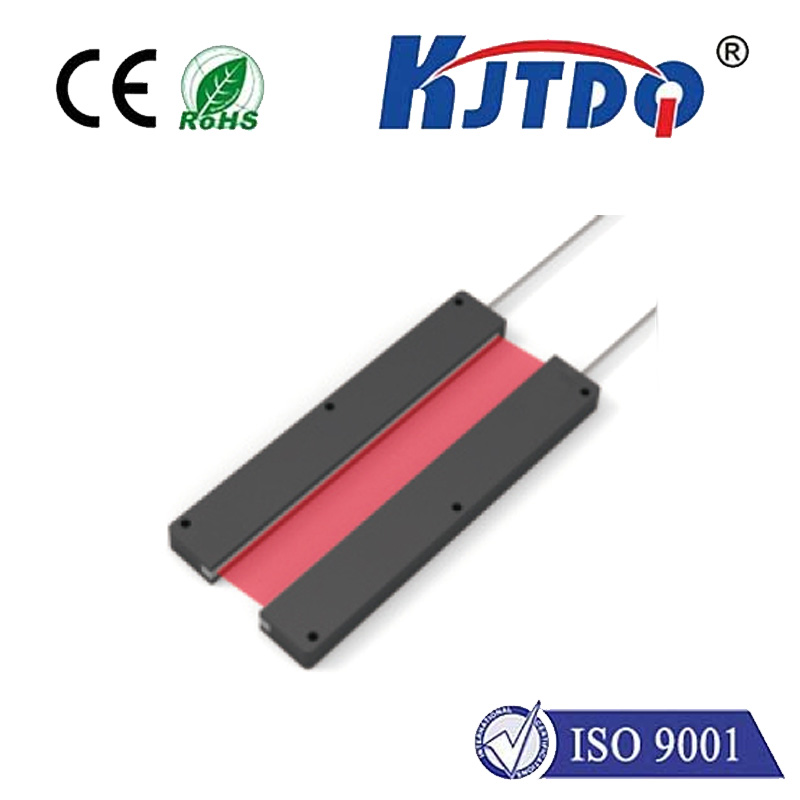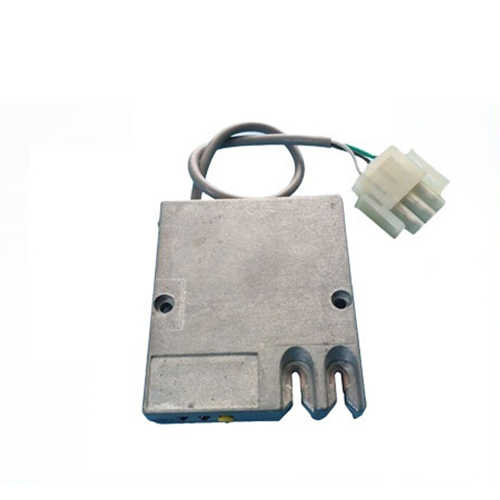festo proximity sensor
- time:2025-09-06 04:06:42
- Click:0
Festo Proximity Sensors: The Unseen Sentinels of Modern Automation
Imagine a high-speed assembly line where robotic arms move with lightning precision, placing components or welding seams. How do these machines know exactly where an object is, or when a part has arrived perfectly in position, without physical touch? The answer often lies in the silent, reliable vigilance of Festo proximity sensors. These compact electronic workhorses are fundamental to the accuracy, safety, and efficiency that define modern industrial automation, playing a crucial role in countless applications worldwide.
Understanding the Proximity Sensor: Sensing Without Contact
At its core, a proximity sensor is a device designed to detect the presence or absence of an object within a specific range without requiring physical contact. This non-contact detection is a key advantage, eliminating wear and tear, enabling high-speed operation, and functioning reliably in dirty, wet, or otherwise challenging environments where mechanical switches would falter. Proximity sensors achieve this by generating an electromagnetic field or beam and detecting changes in that field caused by the approach of a target object.
Why Festo Proximity Sensors Stand Out

Festo, a global leader in pneumatic and electrical automation technology, brings its renowned expertise in quality, reliability, and system integration to its proximity sensor portfolio. Choosing Festo proximity sensors isn’t just about selecting a sensor; it’s about integrating a component designed to work seamlessly within broader Festo automation ecosystems. Key strengths include:
- Unwavering Reliability: Festo sensors are engineered for industrial rigor. They withstand vibration, shock, temperature extremes, electromagnetic interference (EMI), and exposure to coolants or oils, ensuring consistent performance where it matters most.
- High Precision & Repeatability: Consistent and accurate detection is non-negotiable in automation. Festo proximity sensors offer precise switching points and excellent repeatability, guaranteeing parts are detected correctly every single time, cycle after cycle.
- Robust Build Quality: Housings are typically crafted from durable materials like nickel-plated brass or high-grade plastics (PBT, PPS), offering excellent resistance to corrosion and chemical exposure common in manufacturing settings.
- Simplified Integration: True system compatibility is a hallmark. Festo sensors often feature standardized mechanical interfaces (like M5, M8, M12, M18, M30 threaded barrels) and electrical connections (M8/M12 connectors), simplifying mounting and wiring within control panels alongside other Festo components. Features like programming flexibility via IO-Link (on select models) further enhance adaptability.
- Modularity & Versatility: Whether you need the robustness of a cylindrical sensor or the compactness of a block-style sensor, Festo offers diverse form factors. Furthermore, the concept of modularity extends to accessories like mounting brackets and protective caps, allowing for tailored solutions.
Exploring Common Festo Proximity Sensor Types
Festo provides a range of technologies to suit different target materials and application needs:
- Inductive Proximity Sensors: The workhorses of metal detection. They generate an oscillating electromagnetic field. When a ferrous or non-ferrous metal target enters this field, it induces eddy currents, causing a detectable change in the oscillation. Ideal for detecting pistons in cylinders, metal machine parts, or position verification. Key advantages: robustness, insensitivity to dust, dirt, or moisture (non-immersive), and long service life.
- Capacitive Proximity Sensors: Detect virtually any material – metals, plastics, wood, glass, liquids (including through container walls), powders, and granules. They sense changes in capacitance between the sensor’s active surface and the target object. This makes them invaluable for level detection (liquids, granules), presence detection of non-metallic objects (plastic bottles, cardboard boxes), or detecting materials behind barriers.
- Magnetic Proximity Sensors (Reed Switches): Specifically designed to detect the presence of permanent magnets, typically integrated into pneumatic cylinders (“cylinder sensors”). When the magnet embedded in the piston approaches the sensor, it triggers the internal reed switch contacts. Their primary function is precise end-position detection in pneumatic drives, crucial for confirming cylinder extension or retraction.
The Tangible Benefits: Efficiency, Safety, and Control
Integrating Festo proximity sensors delivers measurable advantages across operations:
- Enhanced Process Reliability: Prevent errors caused by missing or misaligned parts. Ensure process steps only initiate when components are correctly positioned.
- Increased Machine Efficiency: Enable faster cycle times through rapid, non-contact detection compared to mechanical switches. Reduce downtime caused by faulty or worn contact-based detection.
- Improved Safety: Provide vital feedback for safety interlocks (e.g., confirming guards are closed before machine start) and monitoring critical positions to prevent collisions or malfunctions.
- Predictive Maintenance & Diagnostics: Advanced sensors, particularly those with IO-Link capability, provide valuable diagnostic data (operating hours, temperature, signal strength), enabling condition-based maintenance and reducing unexpected failures.
- Reduced Maintenance Costs: The non-contact principle inherently eliminates mechanical wear, leading to significantly longer service intervals and lower maintenance costs compared to mechanical limit switches.
- Simplified Troubleshooting: Clear LED status indicators and standardized outputs make identifying faults quicker and easier, minimizing diagnostic time. Programming flexibility allows parameters like switching distance or output delay to be easily adjusted on-site if needed.
Festo Proximity Sensors in Action: Diverse Industrial Applications
The versatility of Festo proximity sensors makes them ubiquitous:
- Automotive Manufacturing: Detecting parts on conveyor belts, verifying robot tooling positions, confirming cylinder strokes in assembly fixtures, monitoring fluid levels.
- Packaging Machinery: Ensuring cartons/packs are present for labeling or filling, detecting foil lids or seals, monitoring film feed, confirming case erector positions.
- Material Handling & Logistics: Detecting pallets at transfer points, verifying bin or tote presence for picking robots, monitoring conveyor belt load status, controlling sorting gates.
- Food & Beverage Production: Capacitive sensors excel at detecting liquid levels in tanks, verifying bottle/cap presence, sensing foil seals, and detecting ingredients (flour, sugar) through container walls.
- Pharmaceutical Industry: Ensuring precise component positioning in filling machines, verifying vial presence, monitoring critical actuator positions, often requiring sensors with specific hygiene ratings.
- Machine Tooling: Monitoring tool changers, detecting workpiece presence in clamps, verifying spindle positions, guarding hazardous areas.
From the simplest position verification to complex process control logic, Festo proximity sensors are the unseen sentinels that bring intelligence, precision, and reliability to automated systems. Their robust construction, technological diversity, and seamless integration within the Festo portfolio make them an indispensable component for engineers seeking to build efficient, safe, and future-proof automation solutions. Understanding their capabilities and selecting the right type ensures these silent guardians effectively fulfill their critical role on the factory floor.






